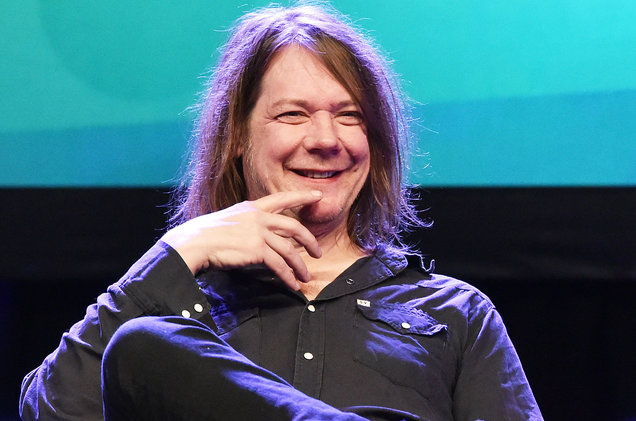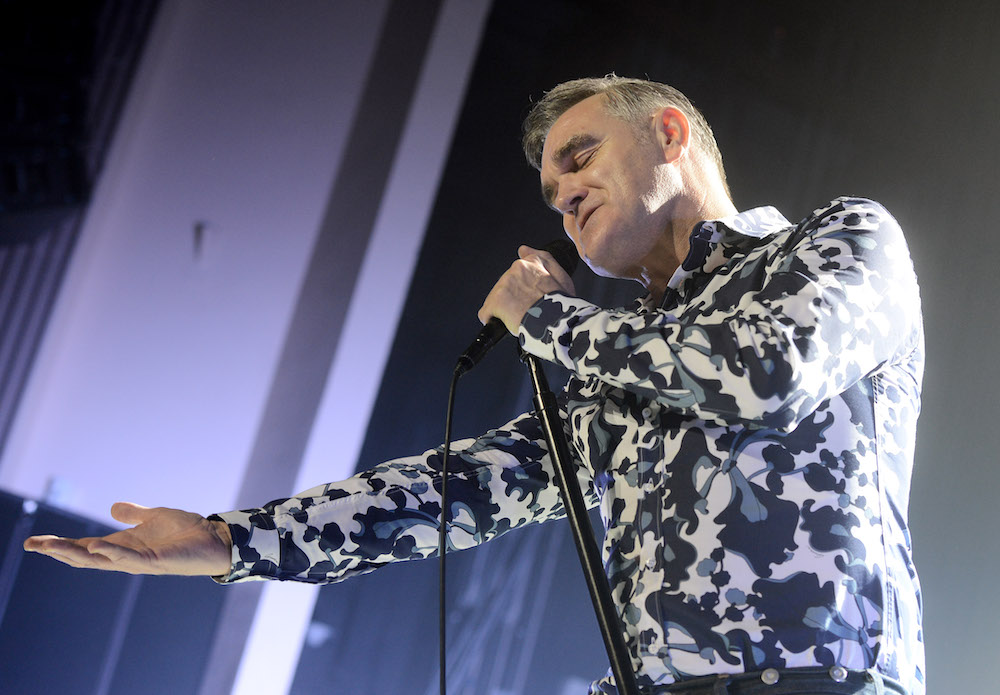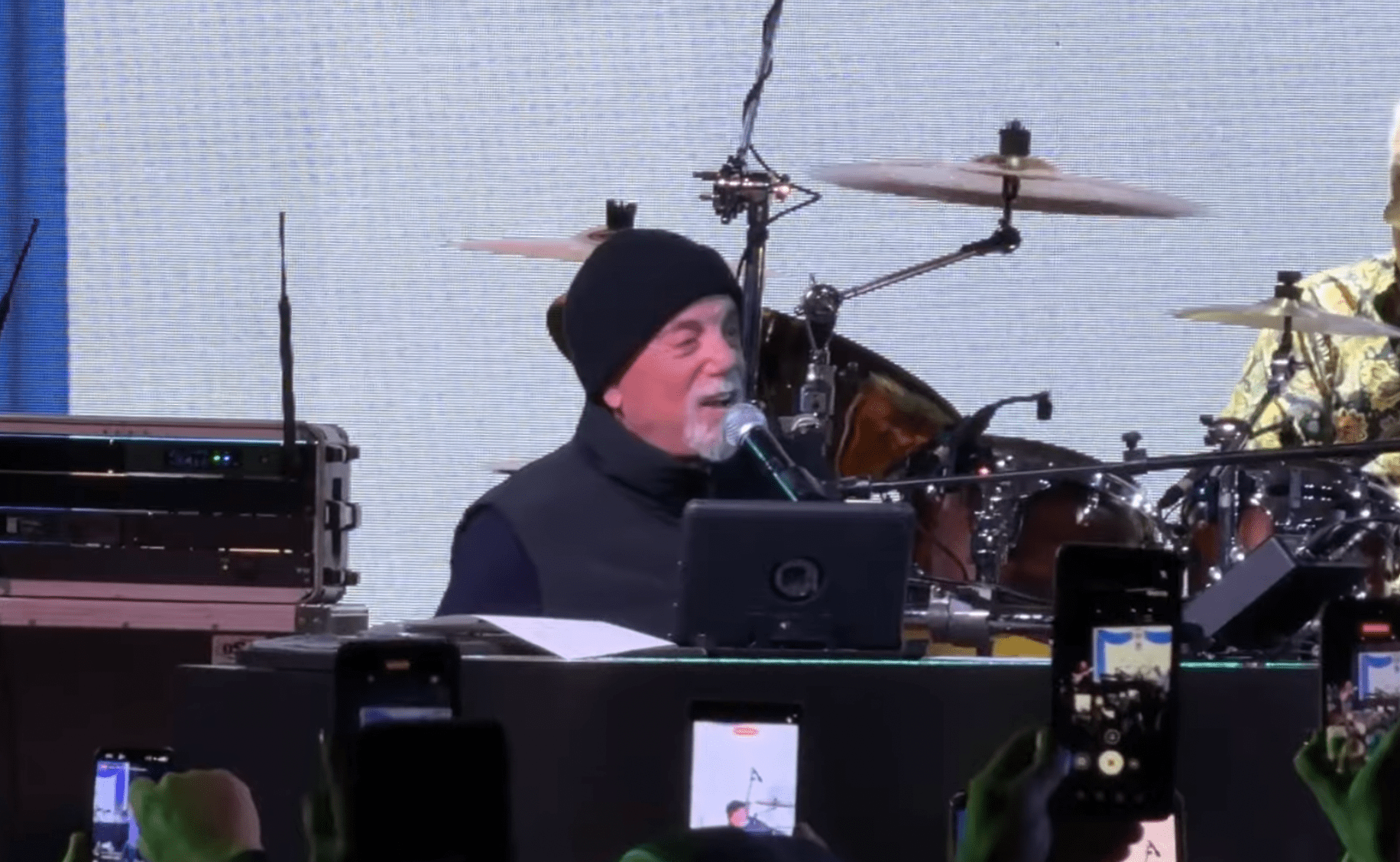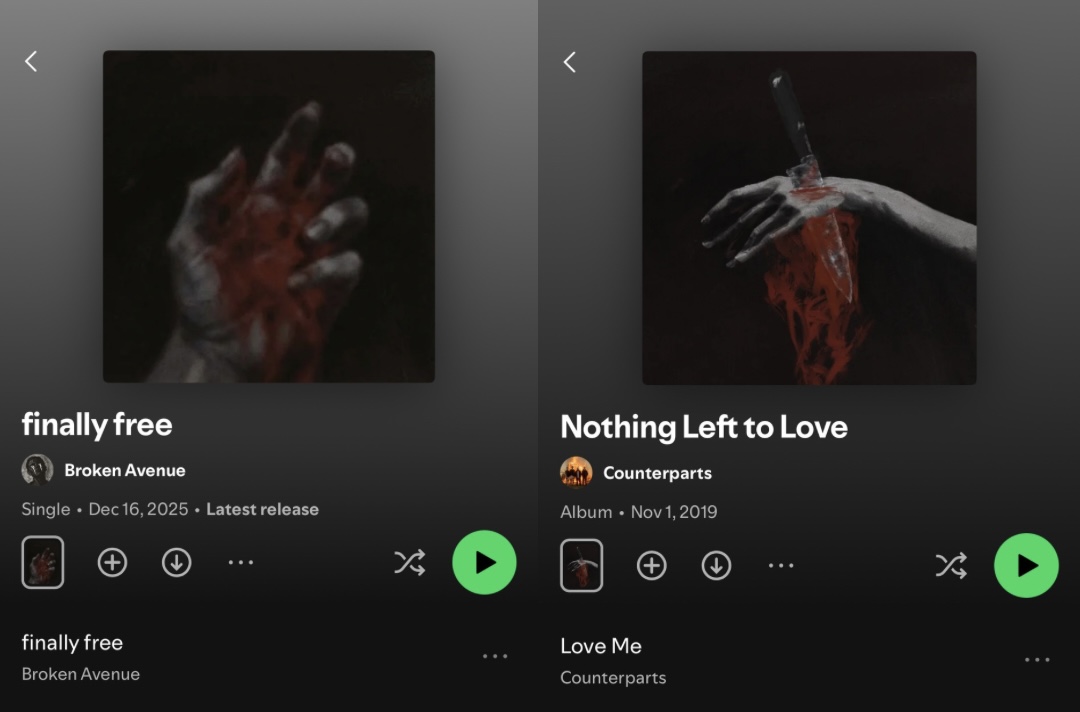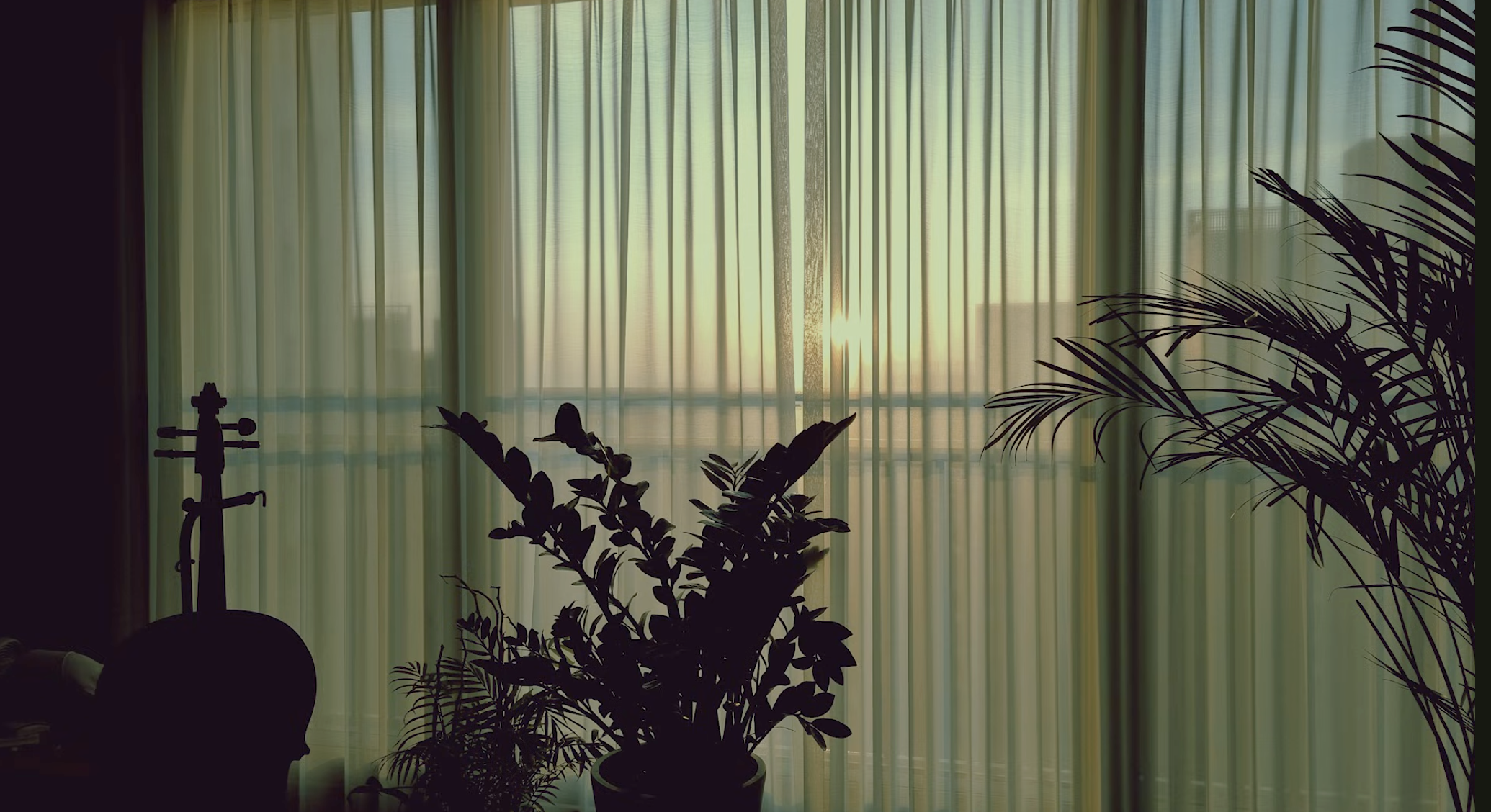In 1993, Minneapolis alt-rock veterans Soul Asylum scored the biggest hit of their career with the devastating acoustic anthem "Runaway Train." Though originally written by frontman Dave Pirner about his own despair, the song took on a universal message through its Tony Kaye-directed music video, which featured footage of real-life missing children, in the hopes that they would be spotted via the video and returned to their homes.
The clip was a huge success, both in terms of its regular airplay -- it was MTV's No. 6 music video for all of 1993 -- and in terms of achieving its purpose, as 21 of the 36 missing kids featured in the video were located and recovered. Now, over a quarter-century later, the National Center for Missing & Exploited Children has revived the song and video concept with "Runaway Train 25," a redo starring a trio of acclaimed singer-songwriters: Jamie N Commons, Skylar Grey and Gallant.
[videoembed size="full_width" alignment="center"][/videoembed]
The new dynamic video, which can be viewed at runawaytrain25.com, uses geo-targeting technology to change the footage featured in the video depending on where it's being watched from, and makes it very easy to share the video and report any information about the missing children included in it. “This video is a game changer," says NCMEC President and CEO John Clark via press release. "It highlights critical issues runaways face and will show real pictures of missing children. By creating and sharing this video, everyone has the ability to make a difference in their communities."
With the "Runaway Train 25" video debuting today, Billboard talked to Dave Pirner of Soul Asylum about the legacy of his most famous composition, and whether technology allows a video like "Runaway Train" to be even more effective today than it was two and a half decades ago.
[videoembed size="full_width" alignment="center"][/videoembed]
How do you feel about this new version of "Runaway Train"?
The interesting thing to me is that we’re still talking about [“Runaway Train”], which is pretty cool. My tour manager Jeanine just brought it by the day before yesterday. After I heard the whole song, I was like, “All right, it’s definitely different. It’s definitely more modern-sounding…” And then it’s also very cool that they came to us, they sent me the song, and then asked for permission.
When we were making the video, I was hooked up with Ernie -- I don’t remember his last name, but he was the head of the missing and exploited children situation -- and I learned a lot from him… it’s interesting to me that they didn’t have things like Amber Alerts before the video. And I’m not even suggesting that one thing led to the other, but as far as trying to bring about some awareness by using the platform of MTV, it really surprised me that it was as effective as it was. Katie Couric was asking me about runaway children.
It just was a direction that was very pleasing to me, because the rock videos were just getting more and more shallow, if you will. So I wanted to do something that had impact in the real world, and it did.
At this point do you feel like the song sort of doesn’t belong to you, that it’s taken a life of its own and now sorta belongs to this movement, and to the missing kids out there?
No, not at all, really… [it’s just that] it can mean other things, in that it’s an emotional kind of song. When I sing it, it’s definitely mine and me and us, and… I feel like it was adapted for a good reason, [it’s not that] someone took it from me.
There have been times in the years since where it was used for comedic effect -- it was used in an episode of It’s Always Sunny In Philadelphia, and there was a Weird Al version of the video. Does it bother you to see it taken out of context like that?
Not really. The first cover I ever heard of [“Runaway Train”] was an Italian techno version. That just made me laugh. I’m a big fan of comedy. As strange as it may seem, when I first heard that Weird Al was covering one of my songs, I thought, “Oh, I’ve finally made it.” Comedic effect is awesome, I don’t know how you can turn that song into something that’s funny.
I heard about [the Sunny usage] and I asked someone about it... I mean, if people are using it as a reference at this point, that just kinda makes me feel old. But y’know, I’ve heard that it’s playful, not particularly… they’re not making fun of the song, I don’t think.
Is it surprising to you that the song has endured as that kind of reference point, 25 years later?
Oh, absolutely. I never would’ve known this feeling, and it’s a crazy feeling, to think about how long ago I wrote [the song], and how people still sing along, and everyone still pulls their phones out whenever we start playing it. That I don’t understand. But it still seems to be something that affects people -- you’ll look out into the crowd and see couples moving closer together and singing to each other and shit like that. It’s very touching.
Is there one image from the video that really sticks with you?
Yeah. It’s just the hand opening with different-colored candy in it. For some reason, that image is very visual, because it’s the bait for the kid, and it’s symbolic.
Is the power of Twitter and social media in 2019 equivalent to the power of MTV in the early to mid-’90s? Do you think the video could be even more effective now?
Wow, I hadn’t thought about that. But yeah… however they could get it out there. If it does have an impact at all, I’m pretty thankful that they thought of involving this song for their rebooting of the concept. It’s all with very real intentions and very sincere wanting to help.
But yeah, those who used to be glued to MTV are now glued to their phones, and it’s a different generation. It probably is a more fluid way to get it out there [over social media].
What are Soul Asylum’s plans for the immediate future?
Planning on a new album for this fall, and everybody seems pretty excited about it. I think we have enough material, which is kinda decided by the band. So I just keep writing songs until we have enough for a record, and I think we have enough for a record, which means we gotta finish it, do the mix, make some artwork and put it out there… it should be good. When I listen I think, “Mmm, this is different in a good way.” I started out in an acoustic frame of mind. We had talked about making a live acoustic record. But yeah, we’re making mixes and we’re listening and we’re trying to decide which 12 songs to put on the record. And once that’s sewn up, it should be ready to go.
